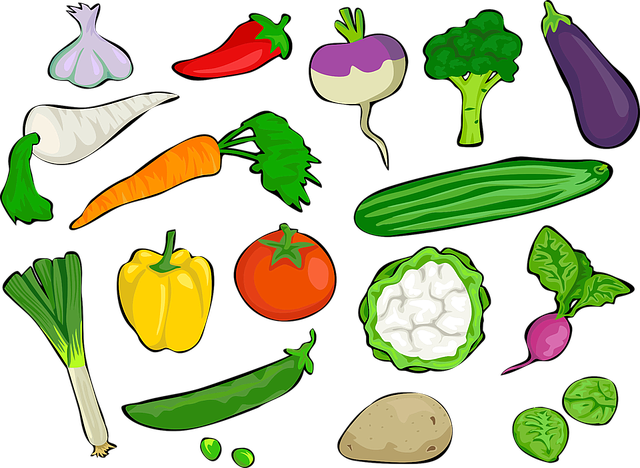Battling with Plastic Pollution in Agriculture

When agronomists discovered that razor-thin layers of polyethylene film could successfully adjust surface temperature, limit weed development, and minimize moisture loss, they began using it across farmlands in the 1950s. This approach was found to boost cotton, maize, and wheat yields, which are all important elements in crop production. Farm plastics have grown into a multibillion-dollar business thanks to the promise of improved yields at a low cost.
Primary pollutants emitted by the polyethylene layer can last for centuries in the soil. Polyethylene residue, often known as white pollution, is becoming more common in treated soils.
Plasticulture, or the use of plastics in agricultural cultivation, is quickly becoming the most popular method for increasing farm yields and profitability.
In agriculture, a variety of plastics are utilized in a variety of applications, including:
Micro-Irrigation
Irrigation water and sprinklers are examples of micro-irrigation on farms.
Artificial Ponds
During the monsoons, artificial ponds made of plastic are created to preserve water.
Greenhouse
Greenhouses are a type of farming where the crop is cultivated in a contained way and is protected from the elements by firm netting or plastics suspended from a frame.
Plastic Mulching
Plastic mulching is a farming practice that involves growing crops using holes in a covering that is put across the ground.

